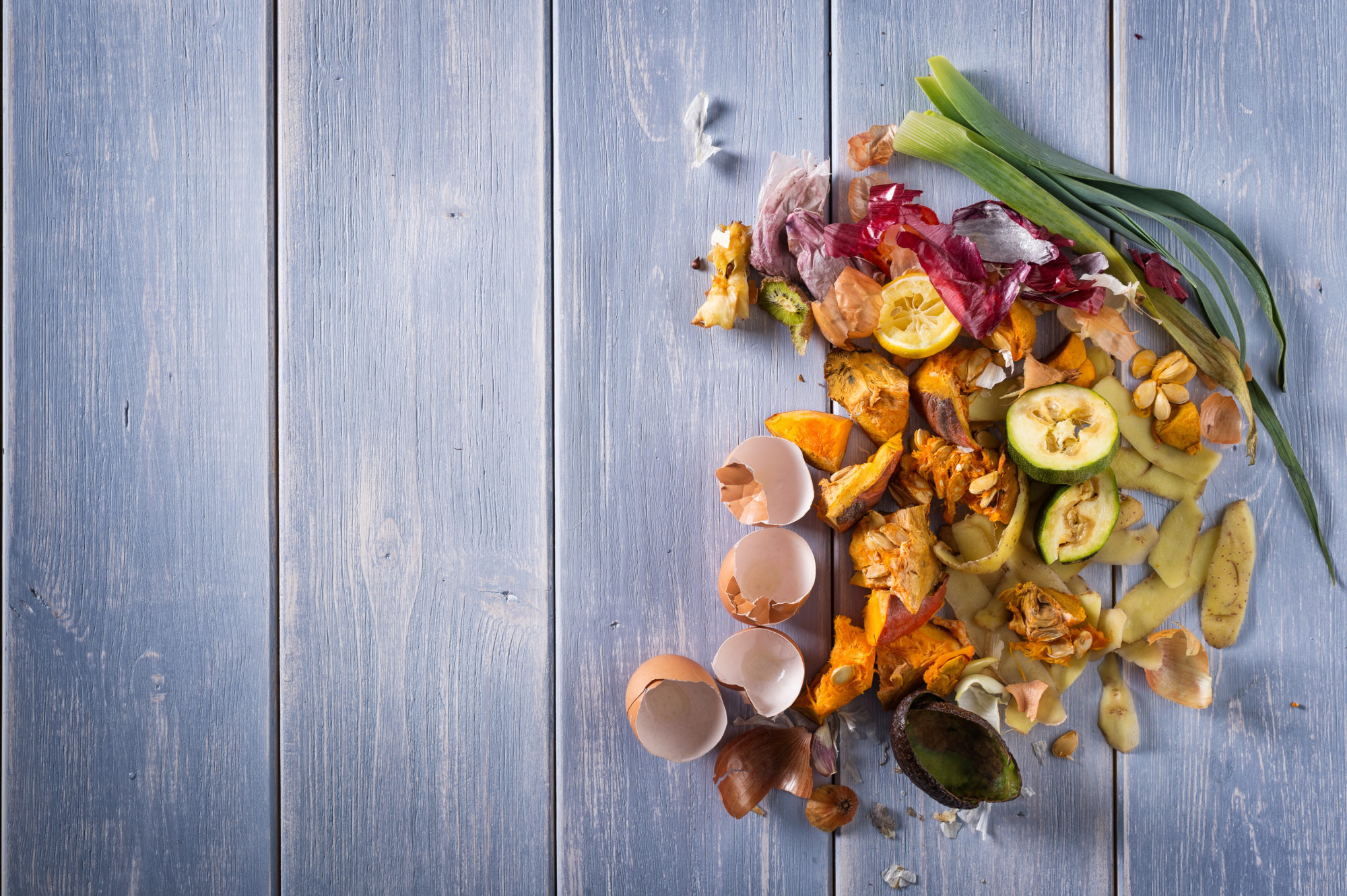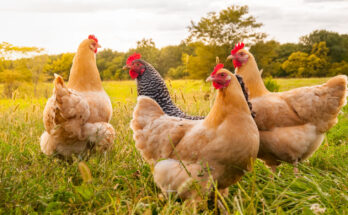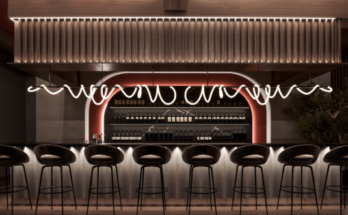As a restaurant owner or retailer, learning about the causes of food spoilage and ways to prevent them can help you mitigate food wastage and improve efficiency. Food retailers must maintain a strict temperature control level where foods are stored and displayed. Controlling and monitoring food temperature in storage rooms is not easy, so food temperature control systems are essential.
Types of food spoilage
Food spoilage occurs when food or an ingredient is no longer consumable because its nutritional standard, flavor, and texture don’t meet quality standards. All types of food can spoil, but perishable ones such as meats, dairy products, and bread have a shorter lifespan than canned foods. Food spoilage can occur due to various reasons:
Natural food spoilage
Natural food spoilage occurs due to:
- The enzymatic structure in the food determines how the food ripens and how it impacts flavor and coloring. Enzymes are found in every food and affect its chemical composition.
- Oxidation happens when the food comes into contact with air and immediately initiates the decaying process, which impacts its nutritional value, taste, and color. Airtight packaging slows down the oxidation process and boosts the ingredient’s shelf life.
- Physical damage to packaged food can reach the food surface and cause bacterial growth. That is why food should be appropriately packaged and handled to prevent damage.
- Temperature changes also accelerate food decay because every ingredient has a specific optimal temperature. That is why a restaurant monitoring system is vital for food temperature control in restaurants to minimize food spoilage and enhance food safety. ideally, food items held in the freezer should remain frozen until cooked. Food items stored in pantries should remain at 50-70degrees Fahrenheit, and refrigerated food items should be kept at 34-40degrees Fahrenheit. When food is exposed to inappropriate temperature, it deteriorates fast due to the growth of microorganisms.
Microorganism spoilage
Microorganism spoilage is very dangerous because it can result in food poisoning and other foodborne diseases. It can be caused by:
- Bacteria spoilage occurs in foods such as meats, vegetables, and other foods with low acidity levels. Consuming food with bacteria causes abdominal pains, nausea, and even fever.
- Molds are the microorganisms that cause fungi growth and are found in the air and water. Mold growth in food can produce mycotoxins leading to a foodborne illness.
- Yeast spoilage happens after the chemical metabolism of yeast fermentation, and it takes place in foods such as bread, cakes, and others with high sugar levels.
Signs of food spoilage and prevention
You can detect food spoilage through smell, sight, touch, and taste. For instance, rotten fruits turn in color, develop molds and produce a foul odor. Spoiled vegetables also turn to brown color. At times the food spoilage is visible on the surface as it causes a slimy substance, and some foods become mushy due to enzymatic reaction.
Restaurants should adopt temperature monitoring systems to control temperatures in storage rooms and prevent spoilage. Dehydration and canning of foods are also critical to minimize food spoilage. Other methods of preventing food spoilage include portion control and proper inventory management to avoid overstocking perishable food products.




